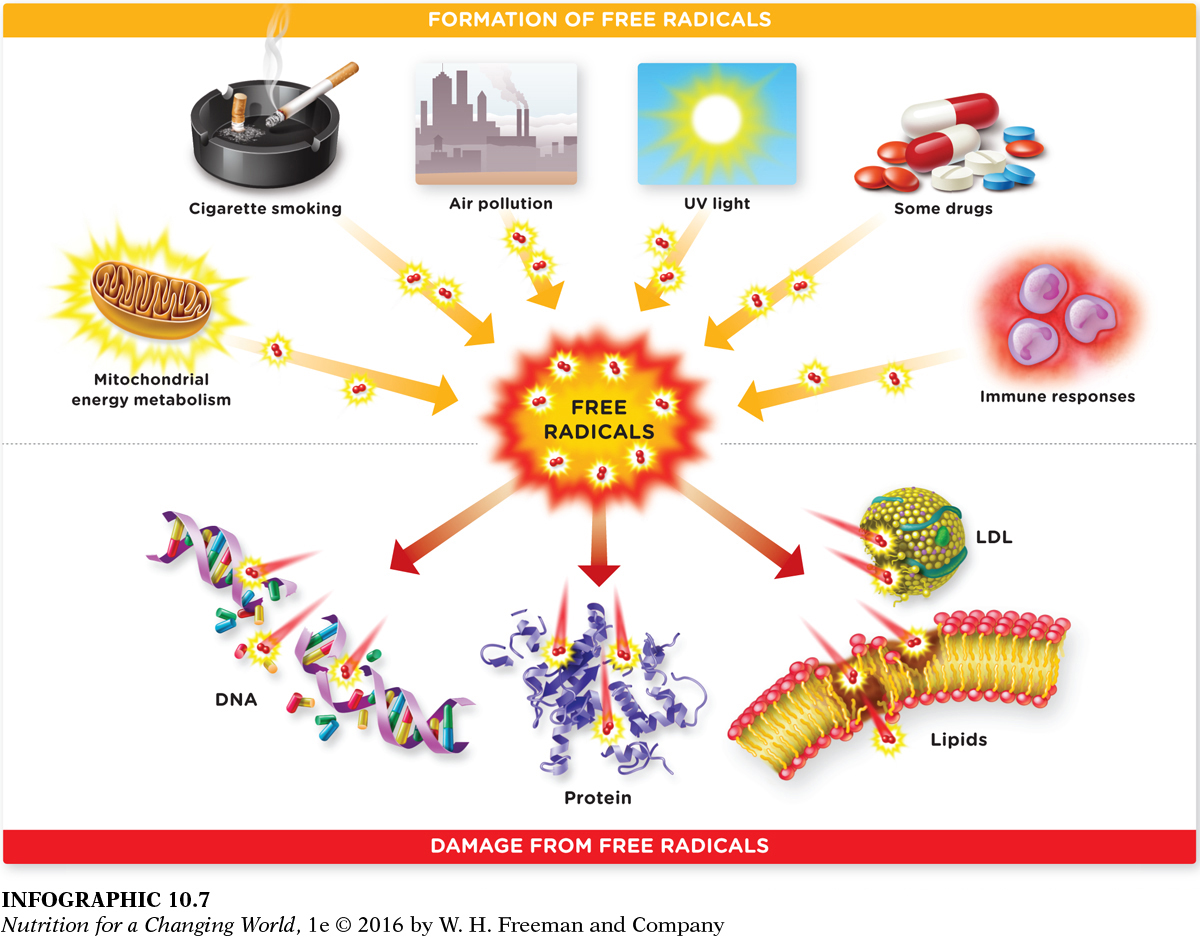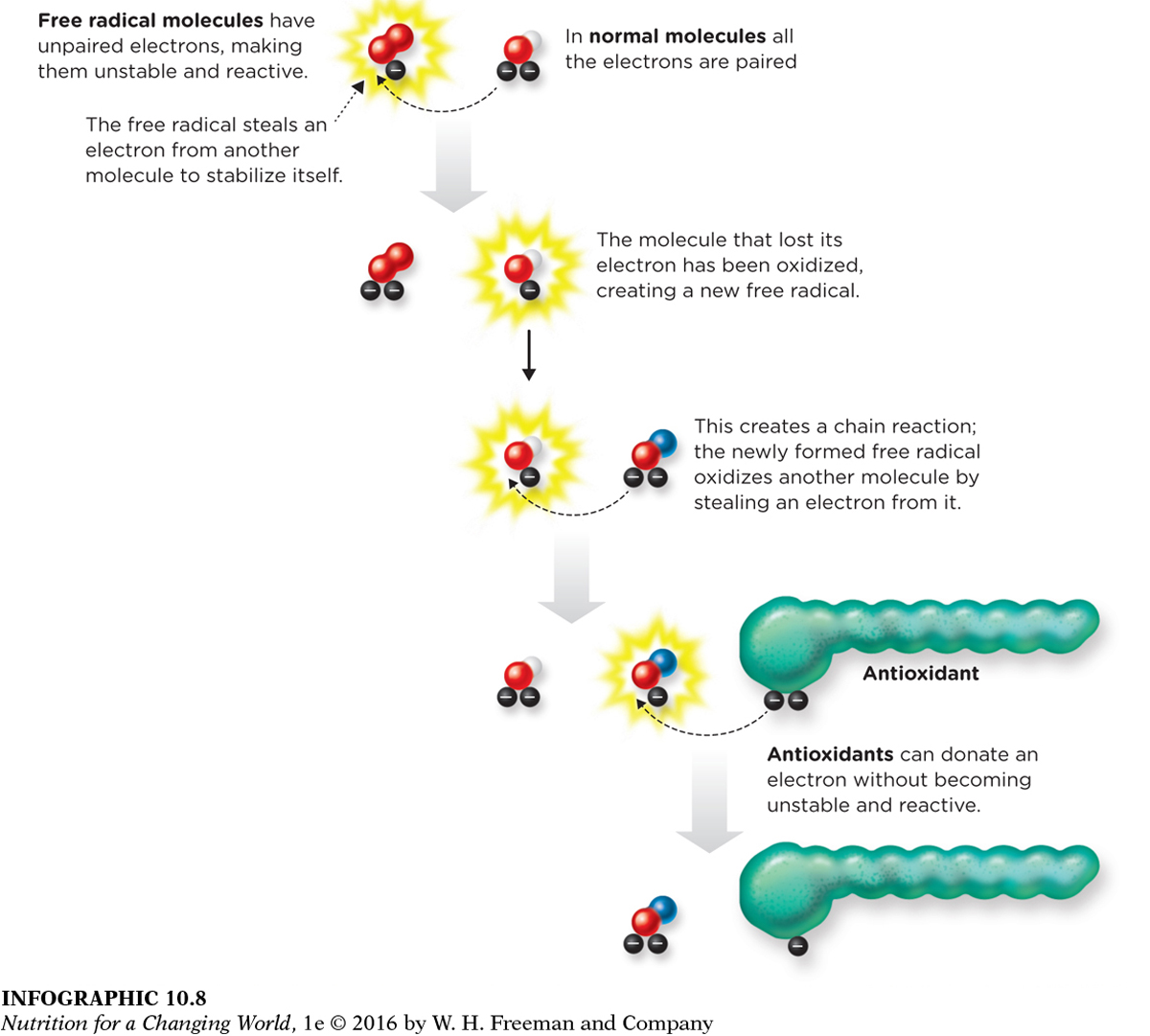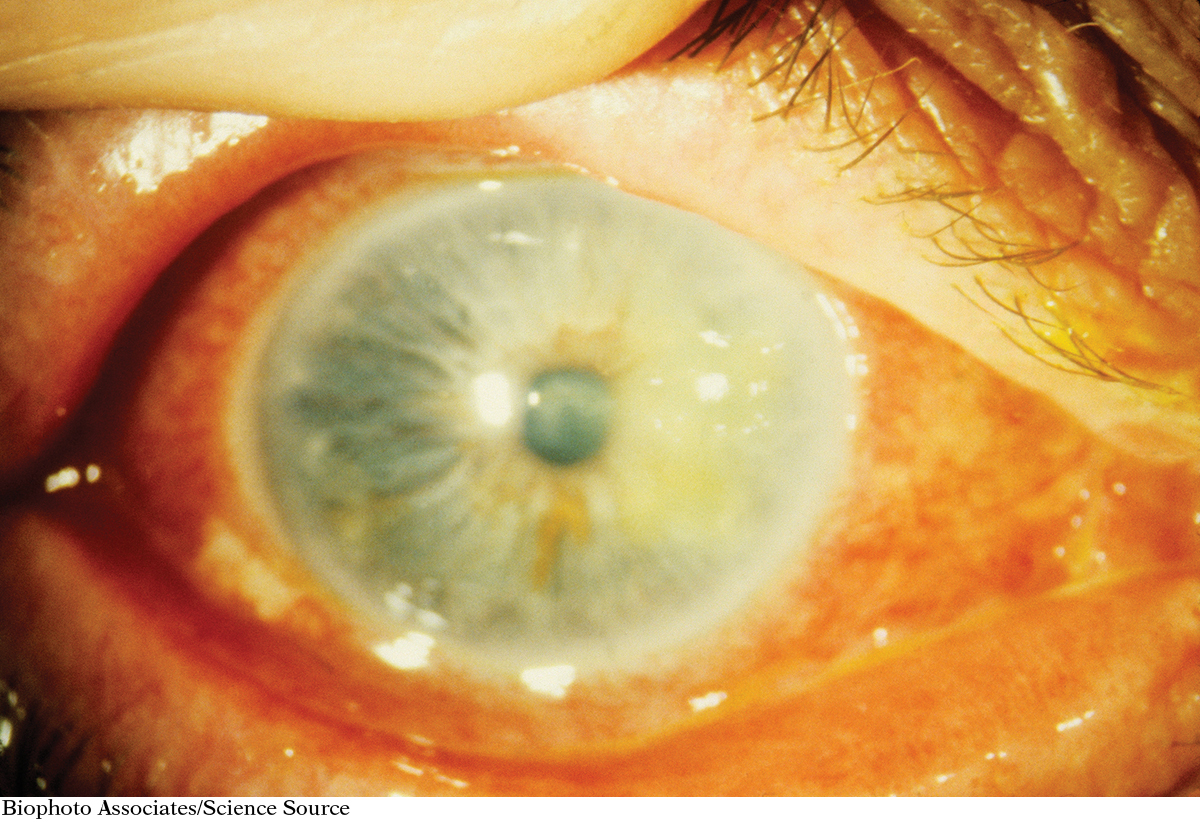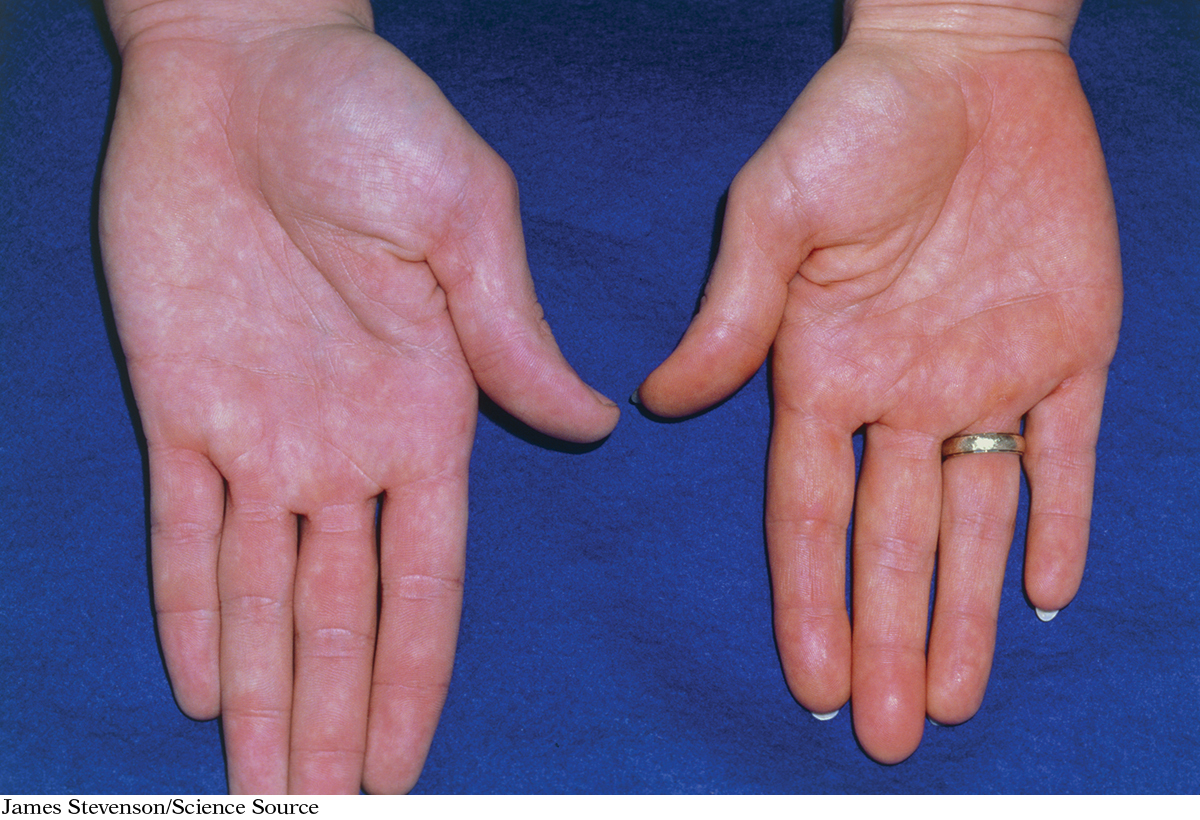ANTIOXIDANTS PROTECT AGAINST DAMAGE FROM FREE RADICALS
ANTIOXIDANT a substance that prevents damage to cells by inhibiting the oxidation caused by free radicals
FREE RADICALS molecules that are naturally formed in the body or present in the environment that have an unpaired electron; at high levels they damage cells, including DNA, through a process called oxidation
The plant form of vitamin A—beta-carotene—as well as the other dietary carotenoids have important roles as health-promoting phytochemicals. One of the health-promoting functions of carotenoids may be their ability to function as antioxidants in the body, which helps protect cells from damage caused by highly unstable molecules called free radicals. Free radicals are reactive molecules with unpaired electrons that attempt to pair up with other molecules, atoms, or individual electrons to create a stable state. These can arise from many sources: they are generated during normal energy metabolism and they are present in air pollution and tobacco smoke. (INFOGRAPHIC 10.7) Although excess free radicals can have significant deleterious effects, we actually need some of the free radicals generated in the body for several important functions, such as cellular communication and killing bacteria.
INFOGRAPHIC 10.7 Sources of Free Radicals and Their Effects The free radicals we are exposed to can come from environmental sources or are produced by our own bodies. Although free radicals have necessary functions in our body, high levels can cause damage.

Question
10.6
 Why might those who suntan regularly have increased skin wrinkling as they age?
Why might those who suntan regularly have increased skin wrinkling as they age?
Free radicals generated from sunbathing damage DNA, proteins, and cellular membranes.
OXIDATION a loss of electrons; in the body, this results in damage to cells
At high levels, free radicals can cause damage known as oxidation, which can alter DNA and destabilize cell membranes. Oxidative damage can lead to chronic diseases like cancer and heart disease, so eating a plant-rich diet that contains beta-carotene and other antioxidants may reduce the risk of those diseases. (Taking supplements may not be the answer: Some research has suggested that beta-carotene pills may actually increase the risks of some types of cancer in smokers.) Ample dietary intakes of carotenoids also appear to provide some protection to the skin from the damaging effects of UV-radiation from sunlight. (INFOGRAPHIC 10.8)
INFOGRAPHIC 10.8 Antioxidants Defend Against Oxidative Damage Caused by Free Radicals Free radicals are molecules containing unpaired electrons, which makes them highly reactive. The free radical either causes oxidative damage by reacting with another molecule and chemically modifying it, or it stabilizes itself by stealing an electron from a nearby molecule, which creates a new free radical and begins a chain reaction. Antioxidants are able to stop the chain reaction, by donating an electron.

Question
10.7
 What characteristic do antioxidants possess that allow them to break the chain of oxidative damage?
What characteristic do antioxidants possess that allow them to break the chain of oxidative damage?
Antioxidants can break the chain of oxidative damage by donating an electron to a free radical without become unstable and reactive.
Vitamin A deficiency and toxicity
Given its crucial roles in the body, vitamin A deficiencies can have major effects on health. Although uncommon in the United States, people in developing countries develop hypovitaminosis A if they have little access to preformed vitamin A and beta-carotene. (Even in the United States, nutrition surveys suggest that most of us could benefit from higher intake closer to the DRI.) The hallmark symptoms of vitamin A deficiency affect the eye. Night blindness occurs first, the result of problems in the synthesis of rhodopsin. The changes in protein synthesis resulting from a deficiency of vitamin A decrease the production of mucus in tears, and then the cornea of the eye begins to dry. If the deficiency continues, ulcers form on the cornea and this can lead to scarring—-resulting in permanent blindness.

Vitamin A deficiency can affect the surface of the eye. A severe deficiency of vitamin A can cause drying and thickening of the corneas of the eye.
Biophoto Associates/Science Source
In fact, vitamin A deficiency is the leading cause of preventable blindness in children worldwide. Other symptoms include impaired immunity (increasing the risk of infections), and rough, dry, or scaly skin, resulting from a loss of moisture in the mucous membranes. This last symptom—known as keratinization—occurs as the epithelial cells that cover the surface of our bodies (like the cornea of the eye) and line body cavities cannot develop properly; as a consequence they become filled with a fibrous structural protein called keratin. These are the same type of proteins that make up our nails, hair, and even the horns of animals.
When people consume too much vitamin A they develop hypervitaminosis A, which mostly occurs after taking supplements of large quantities of vitamin A. Here, the risks are largely defects or weaknesses in bones, leading to osteoporosis or fractures. The UL for vitamin A for adults 19 years and older is set at 3,000 mcg RAE. In pregnant women, high amounts of vitamin A can affect fetal development and cause birth defects. But these problems can result from too much vitamin A from animal foods or from dietary supplements—excess beta-carotene from plant sources does not cause toxicity, but may temporarily turn your skin yellow or orange color in color.

Yellowing of the skin. The hand on the right shows signs of carotenemia, and the hand on the left is normal (for comparison). Carotenemia is elevated blood levels of carotene caused by excessive consumption of foods such as carrots, squash, and sweet potatoes.
James Stevenson/Science Source

 Why might those who suntan regularly have increased skin wrinkling as they age?
Why might those who suntan regularly have increased skin wrinkling as they age?
 What characteristic do antioxidants possess that allow them to break the chain of oxidative damage?
What characteristic do antioxidants possess that allow them to break the chain of oxidative damage?
